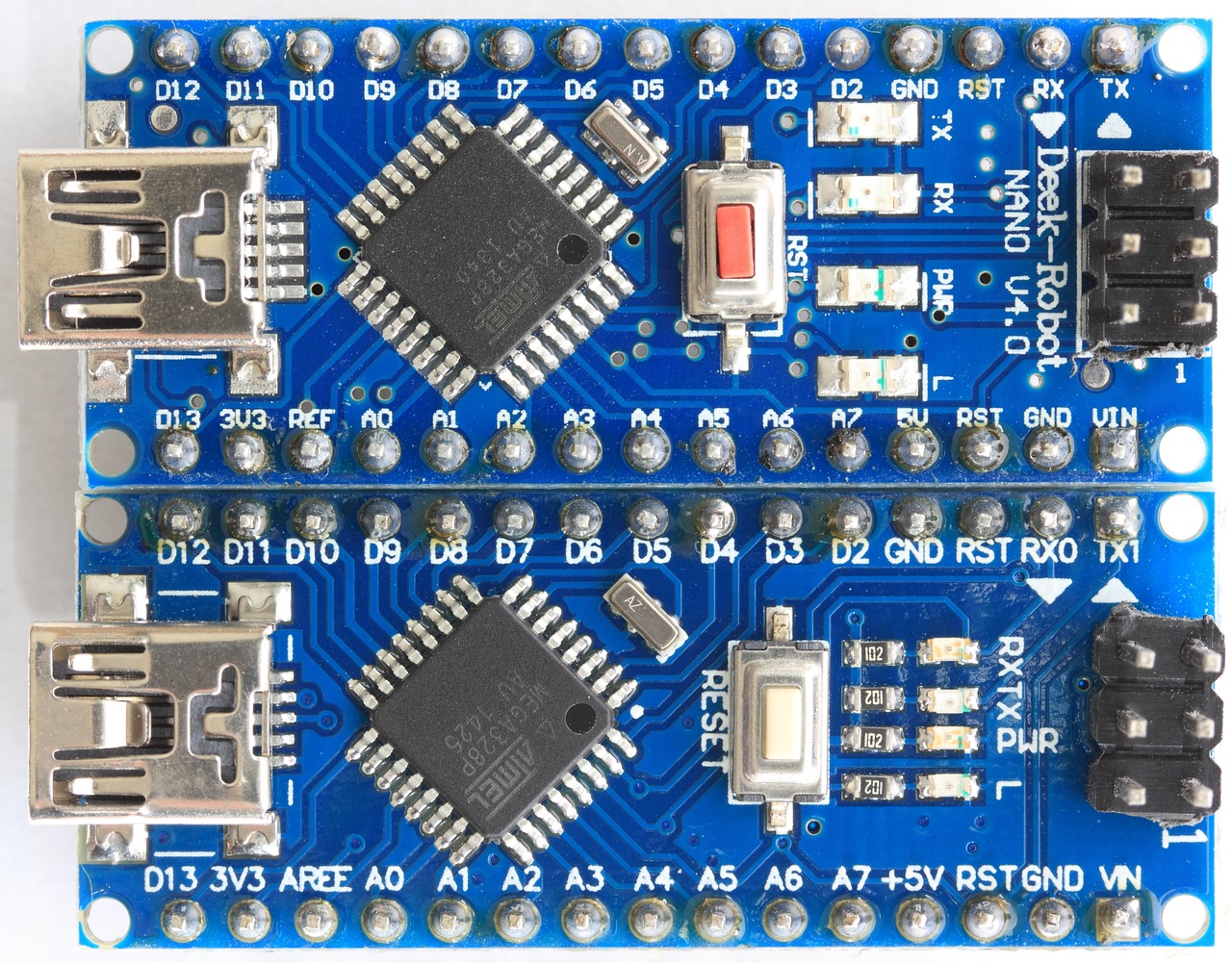As per Assocham-TechSci Research, India is expected to contribute approximately 25% of the overall nanotechnology professionals available in the world.
Such growth in nanotechnology in India is fuelled by spurring investments made in this sector by both government and public funding sources.
The development of nanotechnology in India is expected to contribute to the life expectancy of residents and provide better healthcare services for all with an eye towards long-term affordability.
Nonetheless, such technology possesses certain limitations as well, the exact repercussions of which are yet to be determined.
The modern growth in India’s healthcare sector via new drugs, equipment, global standardization attempts, and treatment methods is expected to yield numerous benefits.
Advantages of Nanotechnology in India
Development of nanotechnology is expected to bring about the following changes in the field of medicine –
- Efficiency
Nanotechnology increases the solubility and functional efficacy of a particular drug, increasing its effects on the human body when compared to standard synthetic drugs.
Diagnostic procedures are expected to become more accurate as well through the emergence of nanotechnology in India; nanotech functions on a cellular level guaranteeing better efficiency and results.
- Cure for malignant diseases
Proper development of data science in healthcare will lead to a cure for fatal diseases like cancer.
As the basic premise of nanotechnology is restructuring human cells, malignant tumors can easily be eradicated through its applications.
Many incurable diseases such as ALS and Alzheimer’s can also be treated through alteration of the ribonucleic component of damaged cells and organs.
- Reduced ailments
Scientifically altered cells can prolong the longevity of human beings along with facilitating self-repair through such data science in healthcare.
A self-repair system can also be developed through such techniques, reducing the average income spent on medical expenses yearly.
Such advanced treatments at nominal charges increase the life expectancy of individuals in India, along with an enhanced quality of life.
This also has a positive effect on the standard of living for the masses, as better health increases their productivity. Thereby increasing their annual salary.
Thus, the implementation of nanotechnology can help doctors make their practice more visible through the mentioned pointers.
Nonetheless, certain limitations are also associated with the growth of nanotechnology in India, as predicted by analysts.
- Nanotech is yet to be implemented across healthcare services. It is an expensive branch of science yet to reach feasibility across all pointers of functional application.
- Nanoparticles may cause associated health problems depending upon a particular individual considering the lack of user experience of these products.
Despite such potential limitations, nanotechnology is being widely researched by most countries. And is expected to have a positive impact on the healthcare sector. Doctors can currently update all their equipment and machinery with items updated with technology.
To increase the efficiency of diagnosis in a cost-effective manner.
For example, installing a 3D printing machine can be a game-changer for your medical profession through reduced diagnosis time.
There are numerous ways in which companies can finance such expenses, as various financial institutions offer tailor-made credits for specified professionals.
For instance, NBFCs such as Bajaj Finserv offer high-value professional Loans for Doctors. At affordable interest rates, which can be utilized to purchase such state-of-the-art equipment.
Availing such professional loans to adopt nanotechnology in your practice can give you a first-mover advantage as well, increasing clientele.
Implementation of data science in healthcare is known to reduce average medical expenditure in the long run as well, allowing you to benefit from lower operating costs.
Higher revenue through a more substantial number of attending patients combined with lower operating costs and nominal third-party liability credits can help medical practitioners offer a better range of services.




